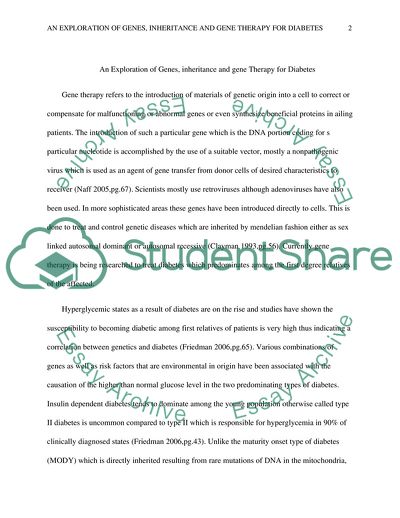Cite this document
(An Exploration of Genes, Inheritance and Gene Therapy for Diabetes Essay, n.d.)
An Exploration of Genes, Inheritance and Gene Therapy for Diabetes Essay. https://studentshare.org/biology/1856162-an-exploration-of-genes-inheritance-gene-therapy-for-diabetes
An Exploration of Genes, Inheritance and Gene Therapy for Diabetes Essay. https://studentshare.org/biology/1856162-an-exploration-of-genes-inheritance-gene-therapy-for-diabetes
(An Exploration of Genes, Inheritance and Gene Therapy for Diabetes Essay)
An Exploration of Genes, Inheritance and Gene Therapy for Diabetes Essay. https://studentshare.org/biology/1856162-an-exploration-of-genes-inheritance-gene-therapy-for-diabetes.
An Exploration of Genes, Inheritance and Gene Therapy for Diabetes Essay. https://studentshare.org/biology/1856162-an-exploration-of-genes-inheritance-gene-therapy-for-diabetes.
“An Exploration of Genes, Inheritance and Gene Therapy for Diabetes Essay”. https://studentshare.org/biology/1856162-an-exploration-of-genes-inheritance-gene-therapy-for-diabetes.


